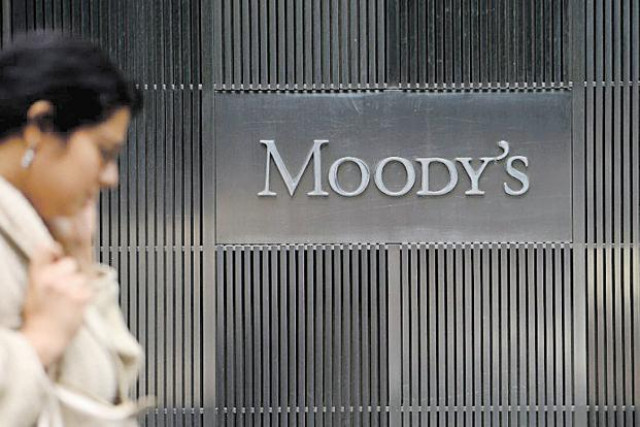Moody’s expects Pakistan to sustain growth in remittances
Upbeat outlook on back of technological advancement, reduced cost of repatriating funds

PHOTO: REUTERS
Technological advancement, mobile phone penetration and availability of digital payment platforms in the country would help the government achieve its much-desired goal of attracting higher remittances going forward, as digitisation causes reduction in the cost of transferring money home from host countries, it said.
“We expect further growth in remittances, despite subdued growth in developed markets over the outlook period, because of technological advances and the Pakistani authorities’ focus on remittances and digitisation, which will further reduce the cost of repatriating funds,” Moody’s said in a statement on Monday.
“We expect advances in mobile technology and the wider availability of digital payment platforms to reduce the cost of remittances, which the World Bank estimated accounted for 7% of the transferred fund globally as of the first quarter of 2019,” it added.
According to the World Bank, it said, Pakistan was the seventh largest recipient of remittances globally in 2018, with remittances inflows reaching $21 billion, or 6.8% of the country’s gross domestic product (GDP).
The remittance inflows increased 4% to $13.3 billion in the first half of the current fiscal year ended December 2019, according to the State Bank of Pakistan (SBP).
“During the fiscal 2012-19 period, remittances grew at a compound annual rate of nearly 9%, with the majority of inflows arriving from Gulf Cooperation Council countries (54% of total remittances in 2019), the US (16%), the UK (16%) and Malaysia (7%),” the ratings agency said.
The continued surge in remittance inflows in recent years is credit positive for Pakistani banks because it supports deposit flow at banks and strengthens households’ finances.
The growth in deposits would offset the impact of potential outflow of government funds from commercial banks to the central bank. At the same time, they partially offset the impact of higher interest rate, Moody’s said.
In local currency, remittances have grown even more because the Pakistani rupee has depreciated more than 40% over 2012-19, although the US dollar-rupee exchange rate has experienced significantly less volatility since mid-2019, Moody’s said. “The high levels of remittances have contributed to a reported ‘double-digit’ growth in residents’ household deposits.”
Such growth in deposits benefits Pakistani banks “by providing a stable and low-cost deposit base, which in turn enhances banks’ profitability and increases their liquidity buffers.”
“The growth (in deposits) will also help mitigate the effect of government deposit outflows from the potential introduction of a Treasury Single Account that will require government deposits to be placed with the SBP instead,” it said.
Increased remittances also support Pakistani households’ disposable income and borrowers’ repayment capacity, “mitigating the challenges posed by high interest rates”. Households are better positioned to meet their financial obligations with banks and have historically maintained low non-performing loan (NPL) levels despite challenging conditions for the borrowers. The cost of funds transfer (ie 7%) remained high for Pakistan due to insufficient presence of domestic banks in overseas countries.
“For Pakistanis, remittances are carried out primarily by various remittance and payment service providers through collaboration with commercial banks. Domestic banks’ ability to offer this service on a standalone basis is constrained by their insufficient presence overseas.”
Published in The Express Tribune, February 18th, 2020.
Like Business on Facebook, follow @TribuneBiz on Twitter to stay informed and join in the conversation.


















COMMENTS
Comments are moderated and generally will be posted if they are on-topic and not abusive.
For more information, please see our Comments FAQ